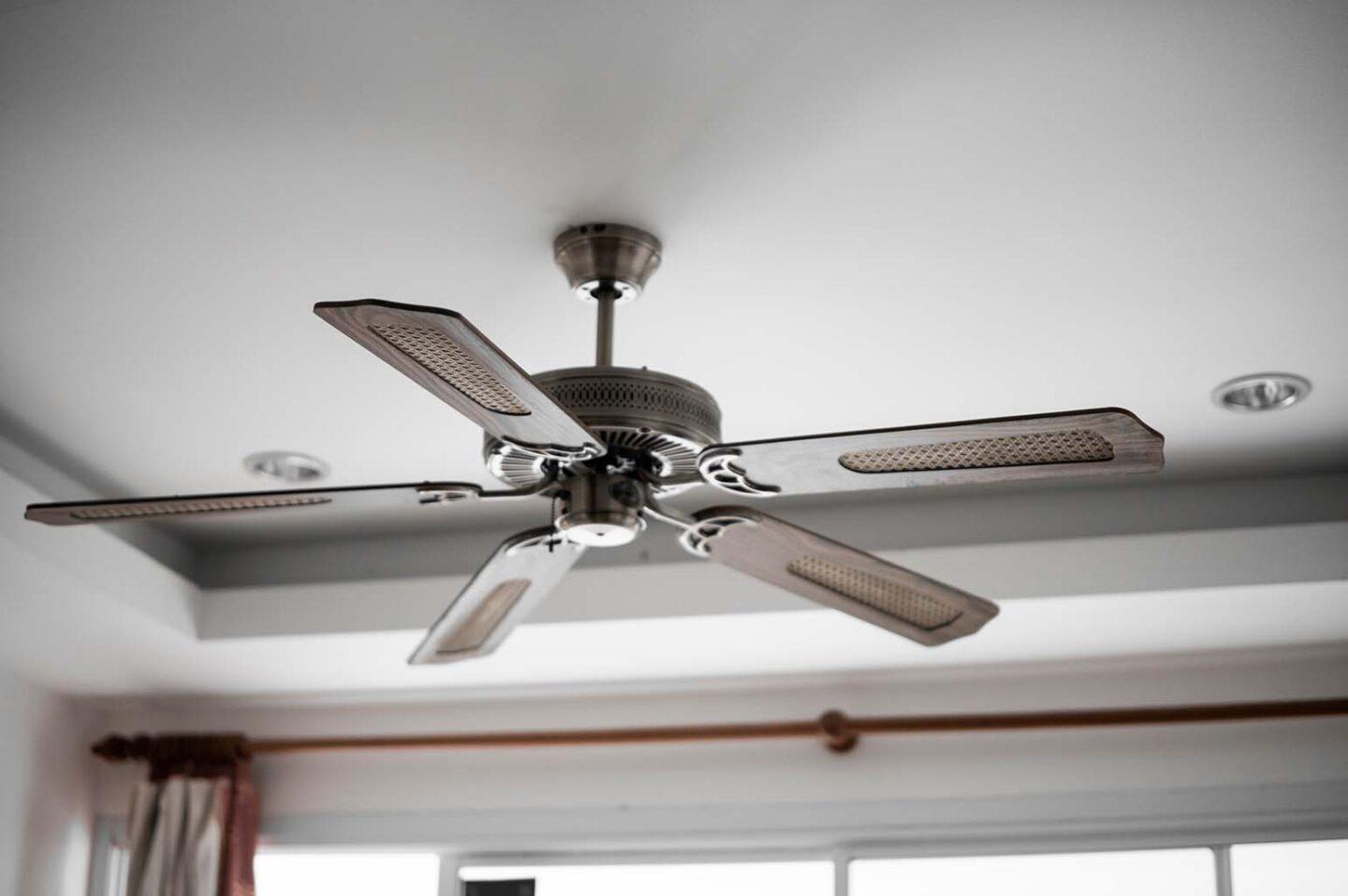Learn the truth about ceiling fans and how they are better than air conditioning in many ways with this informative post. Explore the myths and misconceptions about ceiling fans today!

Ceiling fans have been a staple in homes for decades, providing much-needed relief from sweltering summers and considerably improving air circulation. However, these products are often misunderstood and subject to several misconceptions.
This article aims to debunk some of the most common myths about ceiling fans and highlight their versatility, efficiency, and aesthetic appeal.

Myth: Ceiling Fans Are Boring and Only Come in Simple Designs and Colors
One of the prevailing myths about ceiling fans is that they lack style and variety. This notion couldn’t be further from the truth. In recent years, ceiling fan design has undergone a significant transformation, with manufacturers producing a wide array of stylish and visually appealing options. Ceiling fans now come in a vast range of designs, finishes, and sizes. Whether your home boasts a modern, rustic, vintage, or minimalist aesthetic, you can find a ceiling fan that complements your decor seamlessly.
Many brands collaborate with renowned designers to create unique, artistic fan designs, too. These fans often serve as decorative pieces that enhance the overall aesthetics of your space. Plus, some manufacturers allow you to customize your fan, choosing everything from blade finish to sound level to match your interior.
Smart technology has also infiltrated the ceiling fan market, offering advanced features like voice control, app integration, and customizable lighting effects. Also, keep in mind that you can find a wide array of fans that feature lighting fixtures in them, so you can purchase a chandelier ceiling fan for a living space for maximum style and function or a simpler fan with an in-built light for your home office or other space.
Myth: Ceiling Fans Are Only Useful in Hot Weather
While ceiling fans are exceptionally effective at cooling rooms during the summer, they’re not exclusively warm-weather appliances. Ceiling fans can enhance comfort throughout the year by offering a range of functionalities. In the hot months, set your fan to rotate counterclockwise. This creates a cooling breeze, making you feel cooler by several degrees and allowing you to raise your thermostat, ultimately reducing energy costs.
Plus, many ceiling fans have a reversible motor that allows them to rotate clockwise. In this mode, they gently push warm air down from the ceiling, improving heating efficiency. With the ability to use ceiling fans in both modes, you can maintain a comfortable environment in your home regardless of the season.
Myth: Ceiling Fans Don’t Provide Adequate Cooling
There’s a common misconception that ceiling fans merely circulate hot air and don’t contribute much to cooling a room. However, ceiling fans effectively improve thermal comfort by creating a wind chill effect on your skin. This perceived cooling effect allows you to set your thermostat higher while still feeling comfortable, or to avoid turning on air conditioning at all.
Ceiling fans move the air in your room, which helps sweat evaporate from your skin, leaving you feeling cooler. This effect can make a room feel up to eight degrees cooler. Ceiling fans cool people, not spaces. By strategically placing fans in frequently occupied areas, you can target cooling where you need it most.
Myth: Ceiling Fans Are Noisy and Disruptive
A common misconception is that ceiling fans are noisy and can be disruptive when running, yet today’s ceiling fans are designed with noise reduction in mind, providing a quiet and comfortable environment. Many modern ceiling fans feature whisper-quiet motors that you won’t even notice when running. Also, properly balanced blades reduce wobbling, which can contribute to noise. Regular maintenance, such as cleaning and tightening loose components, ensures quiet operation.
Myth: Ceiling Fans Are Only for Indoor Use
While ceiling fans are commonly found indoors, they are also designed for outdoor use in various settings. Outdoor ceiling fans are specifically engineered to withstand the elements. They’re ideal for covered patios, decks, gazebos, and other outdoor living spaces. Outdoor fans are constructed from durable, weather-resistant materials that can withstand moisture, humidity, and exposure to the elements. Also, blades and motor housings are often treated to resist rust and corrosion, ensuring a longer lifespan.
In Conclusion
Ceiling fans are practical, energy-efficient, and stylish additions to any home. It’s essential to separate facts from myths when considering these versatile cooling solutions. By understanding the truth about ceiling fans, you can make an informed decision that enhances your home’s comfort, aesthetics, and sustainability. Don’t hesitate to explore the wide range of ceiling fan options available and find the perfect fan to complement your living space.
